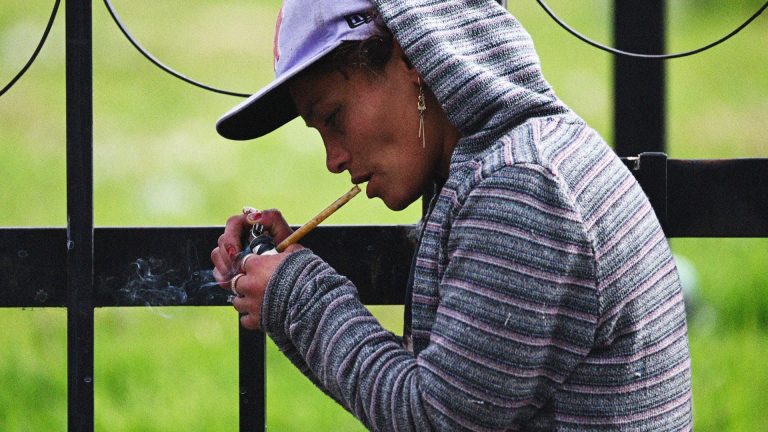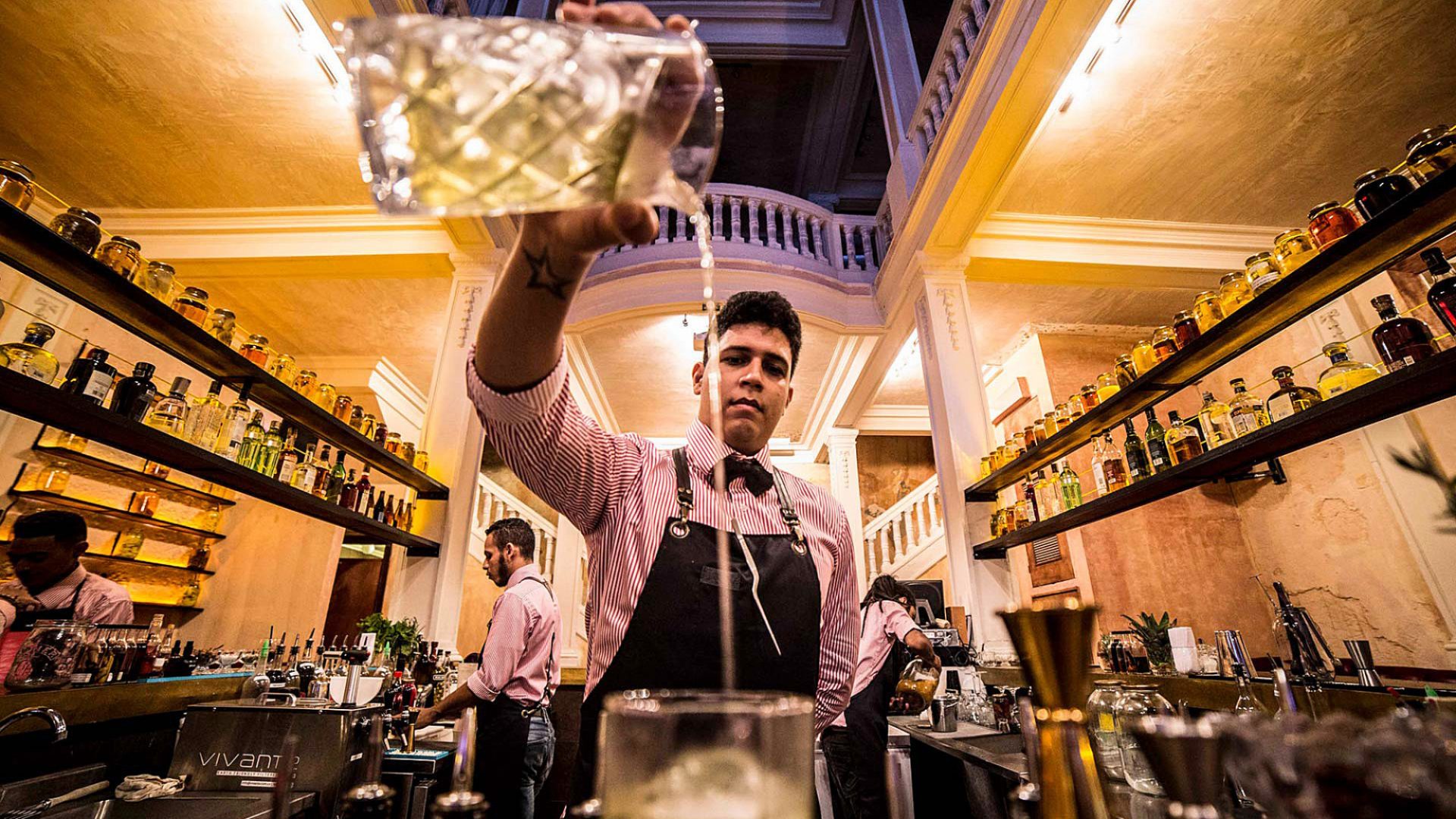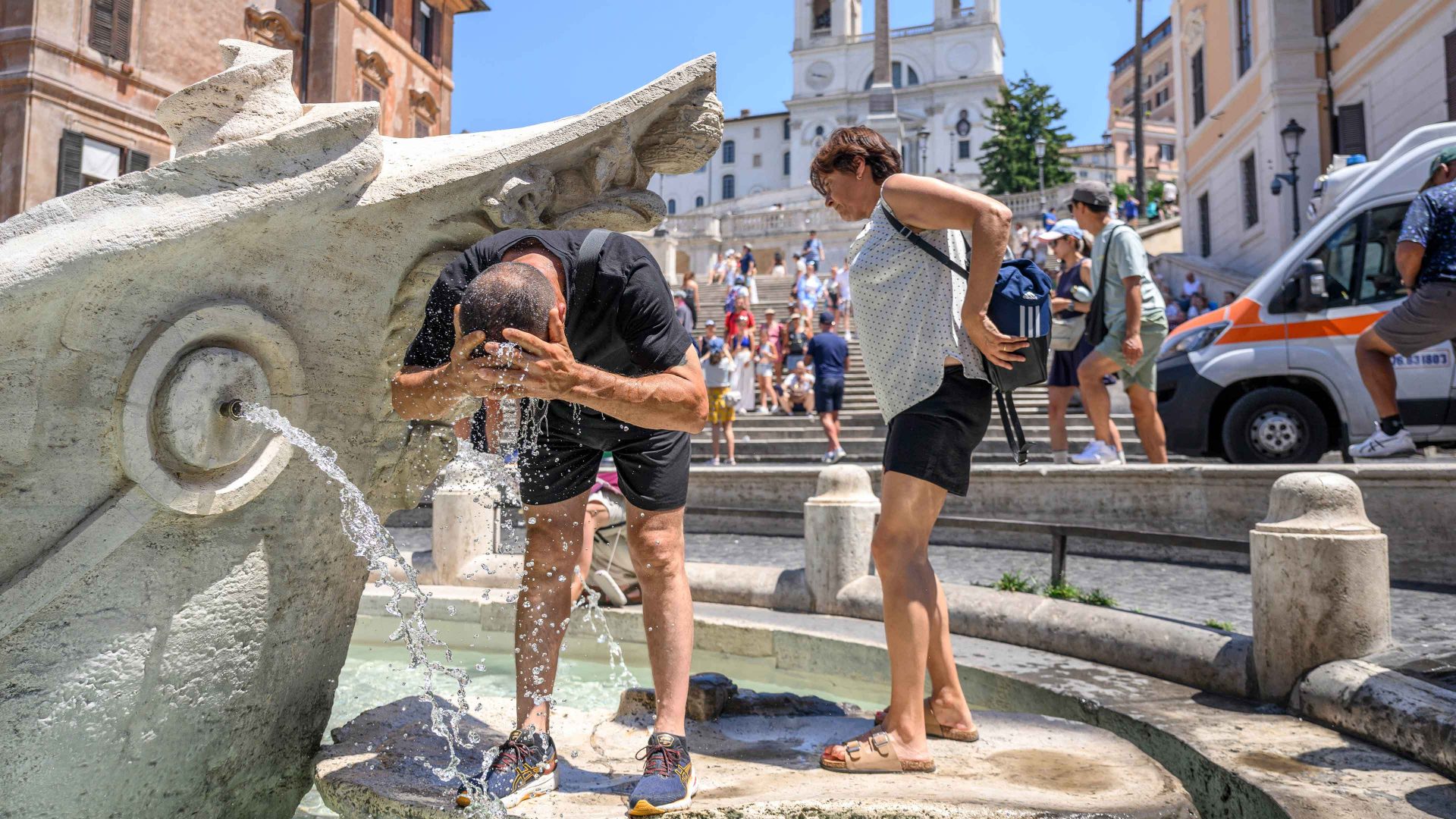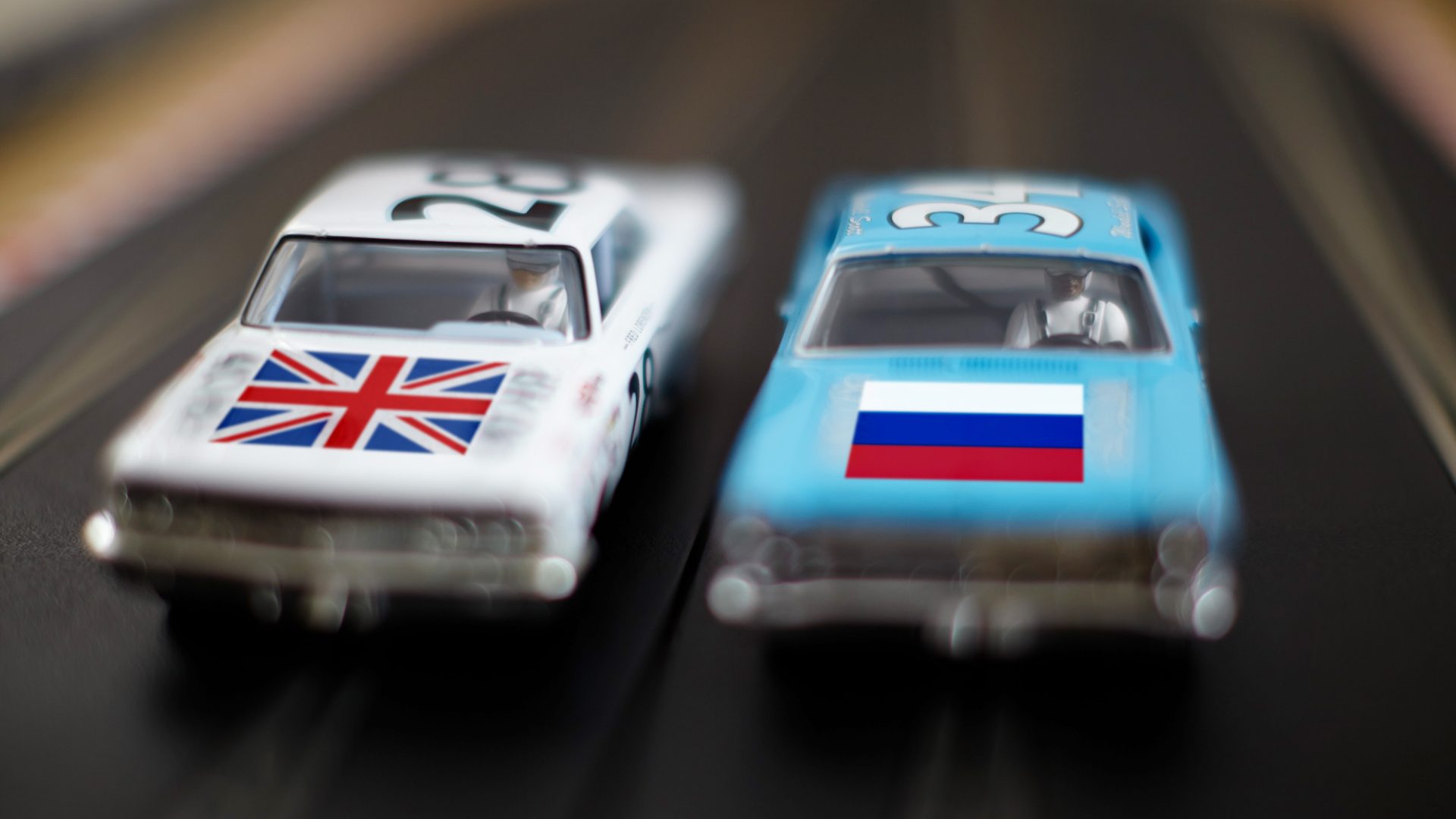When I, a vegetarian, moved to Argentina, I was met with looks of bewilderment, as though I’d announced I was moving to the Arctic in flip-flops. “But what will you eat?” everyone asked. “They love steak, they love asados.”
Argentina turned out to be a culinary marvel. Buenos Aires is swarming with up-and-coming chefs whipping up Asian-Argentine fusions (see: Niño Gordo), slinging tapas under railway arches (see: Chuí), and running Italian trattorias to rival the backstreets of Rome (see: La Alacena).
So when I moved to Colombia in May, I naively assumed the same would apply. I pinned a smattering of restaurants on Google Maps, dismissed a friend’s warning that “the food’s crap,” and set off in search of dishes to write home to The New World about.
Alas, I soon discovered she wasn’t entirely wrong. While Colombia does many things exceptionally well – coffee, dancing, hospitality and nature to name a few – its restaurant scene, at least in my very limited experience, left me a little underwhelmed. American food chains have marched into the major metropolitan centres, their fluorescent burger joints spilling on to the pathways and shoving Colombian restaurants out. Six weeks in, I found myself mostly cooking at home and enjoying the country’s salsa bars during my evenings instead. And then I arrived in Cartagena de Indias.
The city, to those unfamiliar, is a jewel nestled on Colombia’s northern Caribbean coast, all bougainvillaea-draped balconies, colourful colonial mansion houses, and flag-adorned streets filled with beating cumbia music. A place that served as inspiration for novelist Gabriel García Márquez, and where artists today flood its Getsemani neighbourhood.
It’s also, I was delighted to discover, the epicentre of Colombia’s culinary renaissance.
Suggested Reading

Shooting up in Bogotá
My first bite of something brilliant came at Carmen Cartagena, an elegant restaurant tucked inside a grand colonial hacienda in the Unesco historical quarter. The night began with an apple blossom cocktail and continued with a procession of dishes that celebrated Colombia’s rich biodiversity – a spicy steak made of native beans for me, Andean lamb for my meat-loving partner.
“There has been a real shift in the past 10 years on celebrating the local abundance – the amazing seeds, fruits and root vegetables, that are very much part of the Caribbean identity,” said Carmen Angel, chef and co-owner, adding that the restaurant works mostly with small agricultural producers and fishermen. “This was a place of much violence decades ago. But the community has reclaimed the land and found agriculture as a way to bring peace and economic stability.”
Later that evening, we tottered over the cobblestones to Alquímico Bar, a globally acclaimed drinking spot spread over three floors, its pulsing rooftop bar offering one of the best parties in the city. Ranked number eight on the World’s 50 Best Bars list in 2024, it’s a heady blend of mixology and music.
“The city has always been a meeting point for many cultures,” said owner Jean Trinh. “What’s changing now is that we’re focusing on promoting the local – several independent businesses are opening with identity and purpose, making Cartagena more vibrant by the day.”
On the ground floor, you can order one of the bar’s own speciality drinks, like the Pipilongo, a vodka, viche (a spirit made from sugar cane), tangerine jam and pipilongo tincture cocktail. On the first floor you can try a selva martini, made with jungle vermouth and herbal oil, and on the third order from the Farm to the Bar menu, all ingredients cultivated at the small estate owned by Trinh.
The next day, a freshly baked focaccia sandwich at Nia sorted the hangover, followed by a few more coffees at Libertario roasters. Across the city, chefs and restaurateurs are pushing boundaries: Celele, with its Caribbean tasting menus; Sambal, for ceviche topped with fried squid; and Mar y Zielo, its signature dish combining seafood with pork belly. Street food shouldn’t be skipped either, from cheese-filled arepas to sticky mamoncillo, the local lychee-like fruit sold in paper bags.
In short, if you know where to look, Colombia’s food scene, you could say, is cooking.
Harriet Barber is a freelance journalist based in South America



